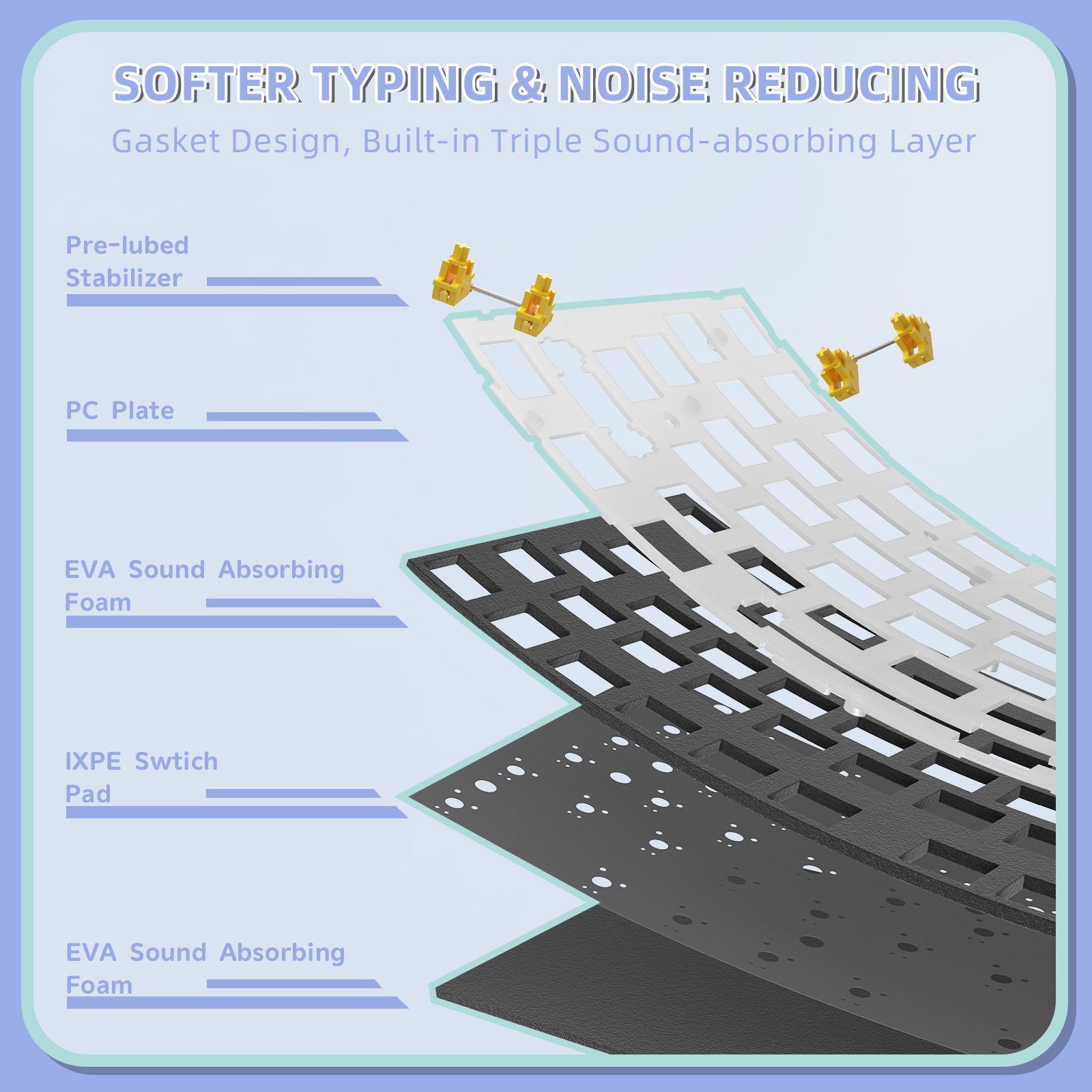Mechanical keyboards have become a staple for coders and developers worldwide. The tactile feedback, durability, and customization options make them an ideal choice for long coding sessions. In this article, we will delve into the various types of switches used in mechanical keyboards, focusing on their unique characteristics and how they can enhance your coding experience.

Understanding Mechanical Keyboard Switches
Mechanical keyboard switches are the heart of the keyboard, determining the feel and responsiveness of each keypress. Unlike membrane keyboards, mechanical keyboards use individual switches for each key, providing a more precise and satisfying typing experience. There are several types of switches, each with distinct features that cater to different typing preferences.
Linear Switches: Smooth and Consistent
Linear switches are known for their smooth and consistent keystrokes. They do not have a tactile bump or audible click, making them a popular choice for coders who prefer a quiet and uninterrupted typing experience. The lack of tactile feedback means that each keypress feels uniform, which can be beneficial for rapid typing and coding.
For example, a coder working on a large project may find linear switches advantageous as they allow for swift and silent typing, reducing distractions and maintaining focus.
Tactile Switches: Feedback You Can Feel
Tactile switches provide a noticeable bump at the actuation point, offering physical feedback with each keypress. This feedback can help coders ensure that their keystrokes are registered without needing to bottom out the keys. Tactile switches strike a balance between responsiveness and comfort, making them a favorite among many developers.
Imagine you're debugging a complex piece of code; the tactile feedback can help you type more accurately and confidently, reducing the likelihood of errors.
Clicky Switches: Audible and Tactile
Clicky switches combine tactile feedback with an audible click sound, providing both physical and auditory confirmation of each keypress. These switches are ideal for coders who enjoy the classic typewriter feel and sound. The clicky nature can make typing more enjoyable and engaging, although it may not be suitable for shared or quiet environments.
Consider a scenario where you're working from home and enjoy the satisfying sound of each keystroke; clicky switches can make your coding sessions more enjoyable and immersive.
Choosing the Right Switch for Coding
When exploring the different types of switches used in mechanical keyboards for coding, it's essential to consider your typing style and preferences. Linear switches are great for those who prioritize smooth and silent typing, while tactile switches offer a balance of feedback and comfort. Clicky switches provide an engaging typing experience with both tactile and auditory feedback.
Ultimately, the best switch for coding depends on your individual needs and work environment. Trying out different switches can help you find the perfect match for your coding setup.
Conclusion
Exploring the different types of switches used in mechanical keyboards for coding reveals a variety of options tailored to different typing preferences. Whether you prefer the smoothness of linear switches, the feedback of tactile switches, or the engaging click of clicky switches, there's a mechanical keyboard switch that can enhance your coding experience. By understanding the unique characteristics of each switch type, you can make an informed decision and elevate your productivity and comfort while coding.







